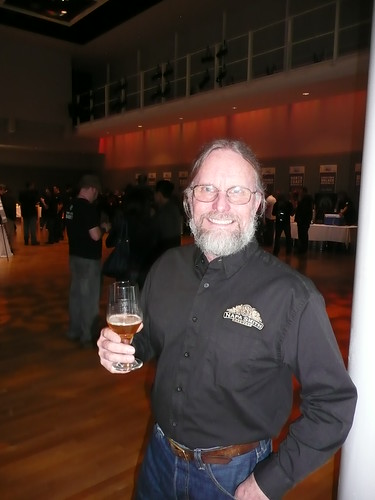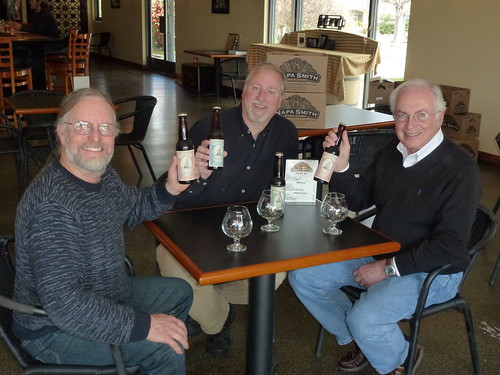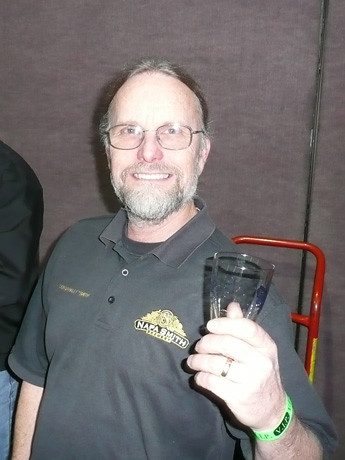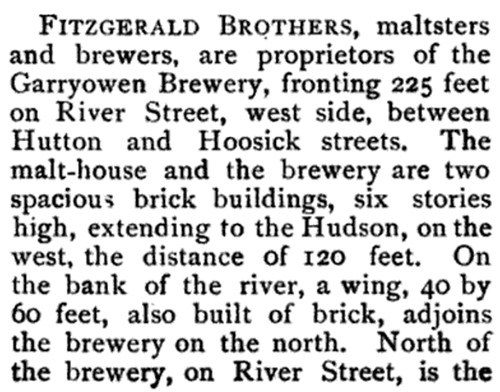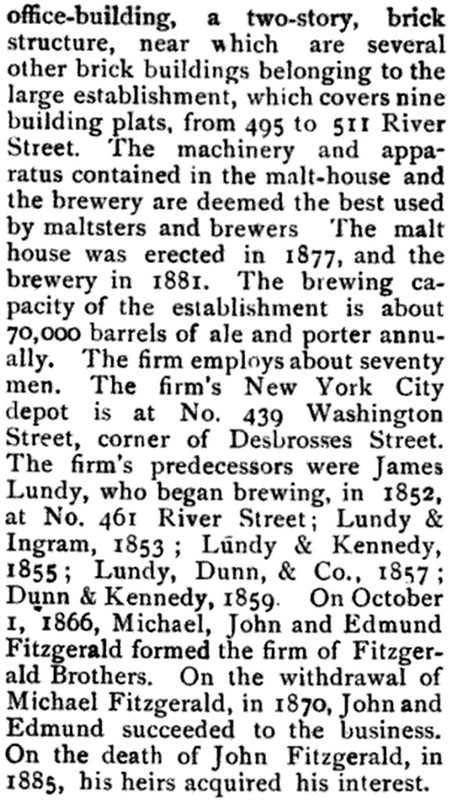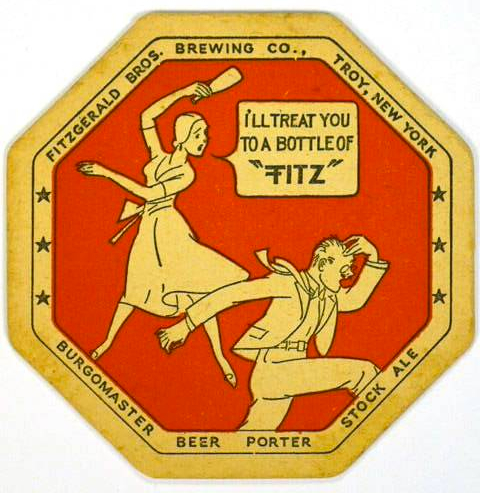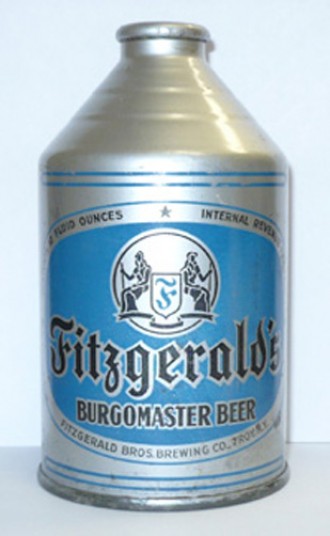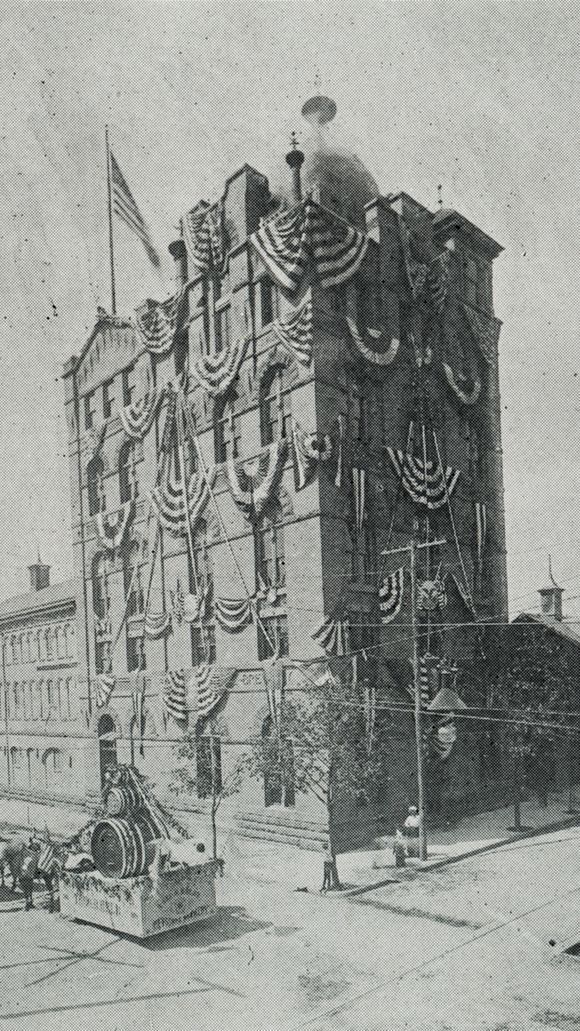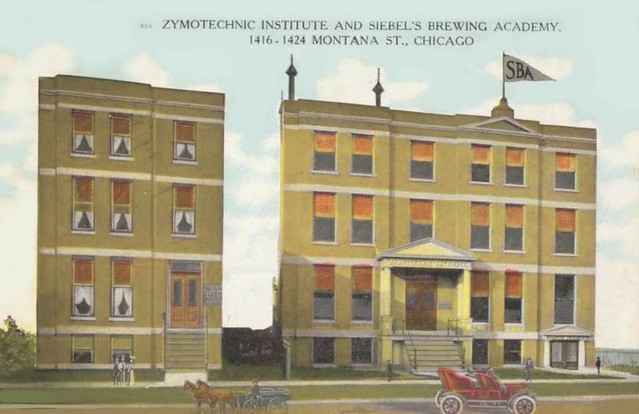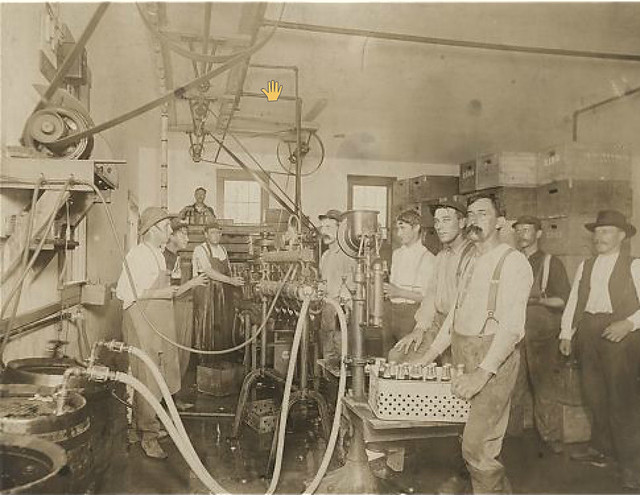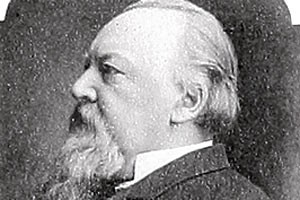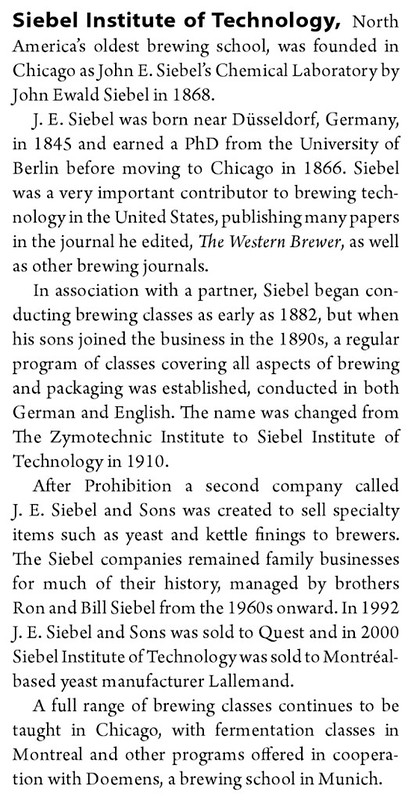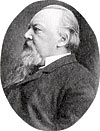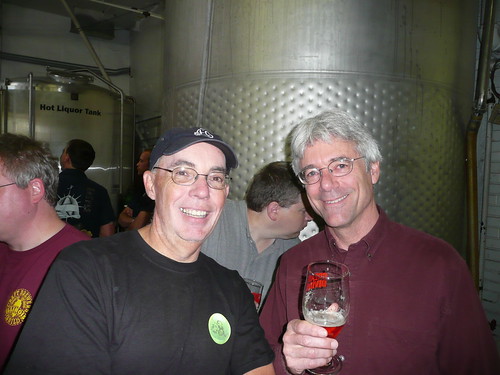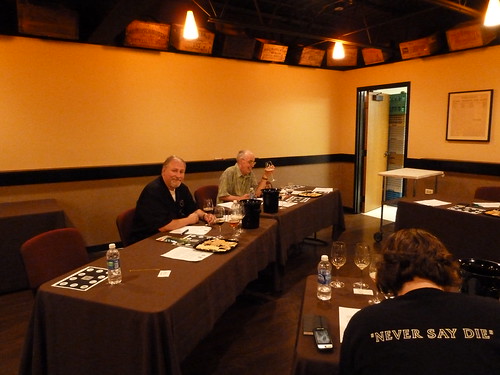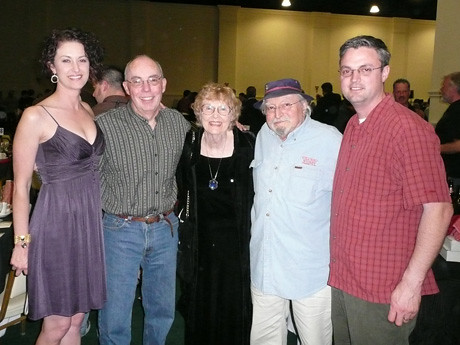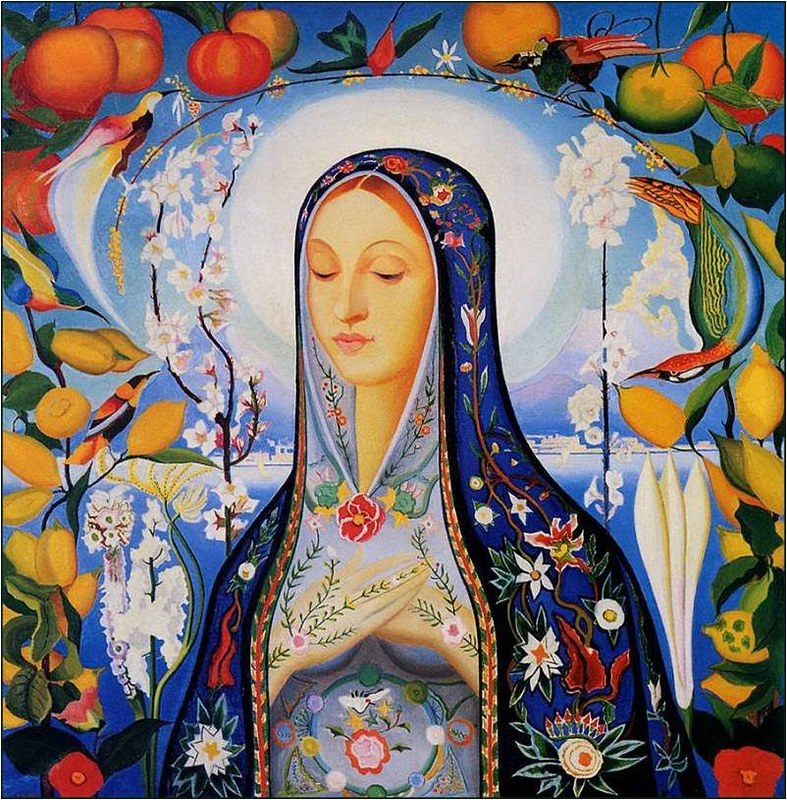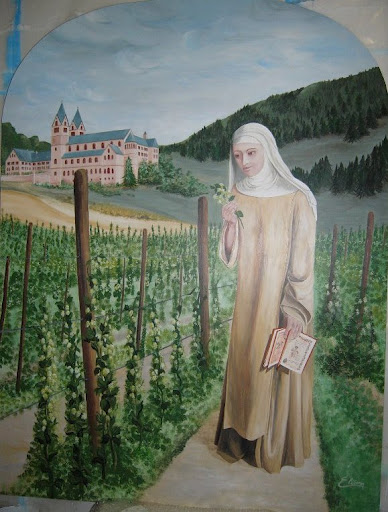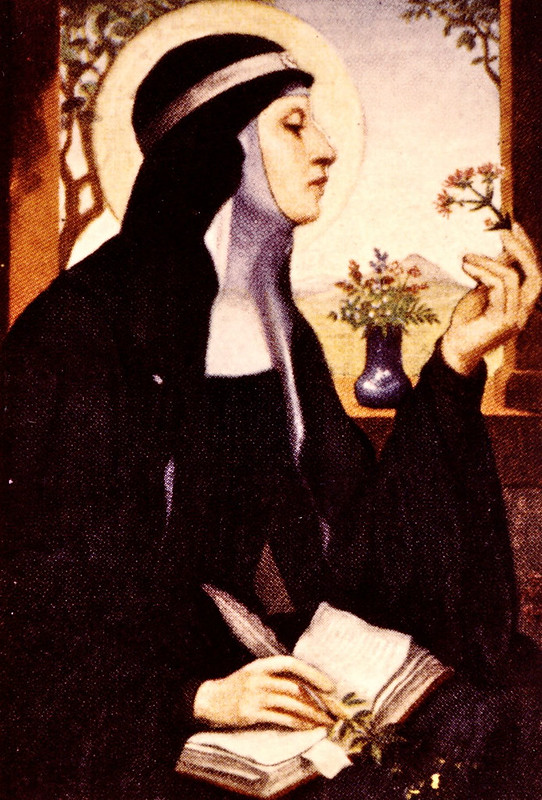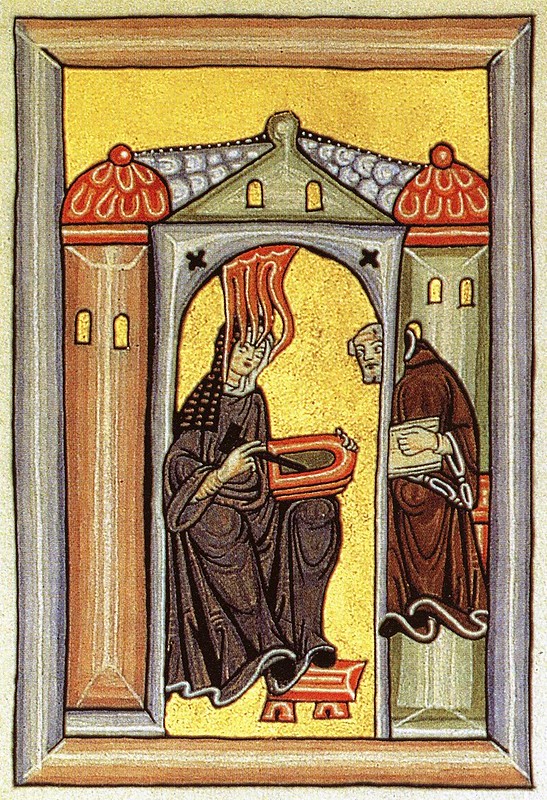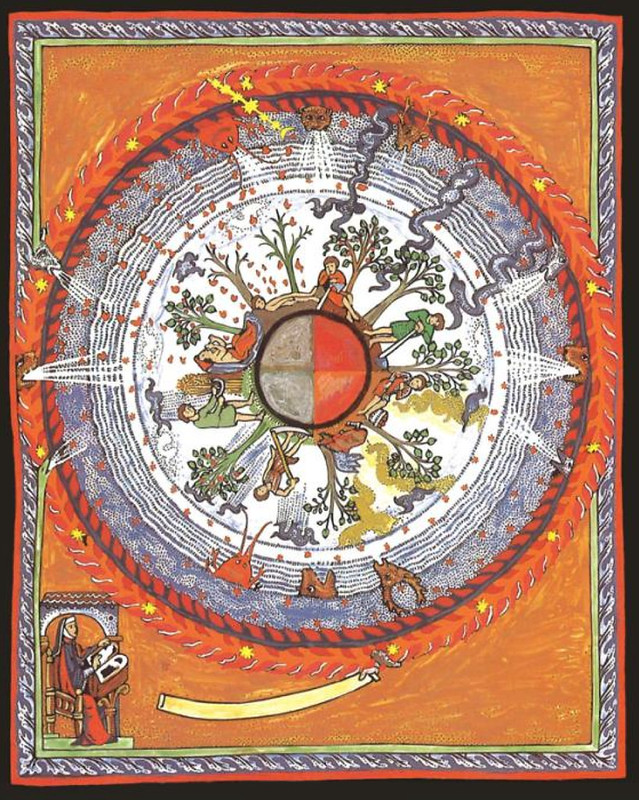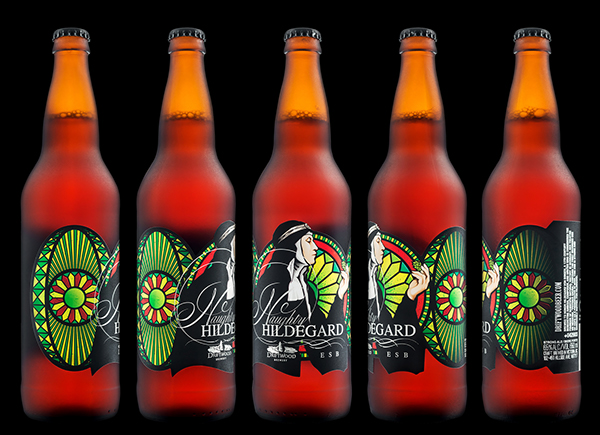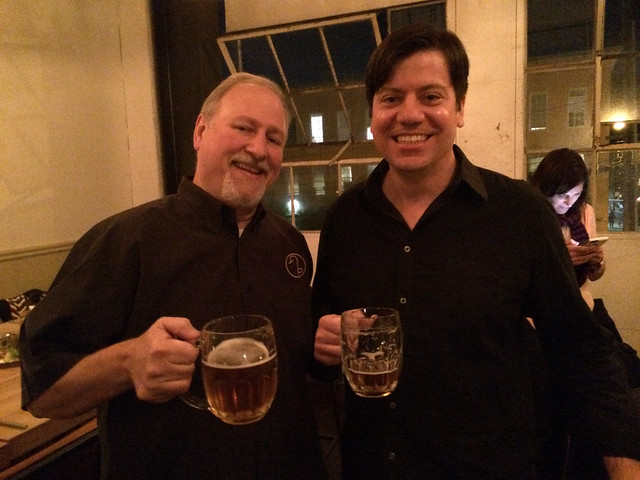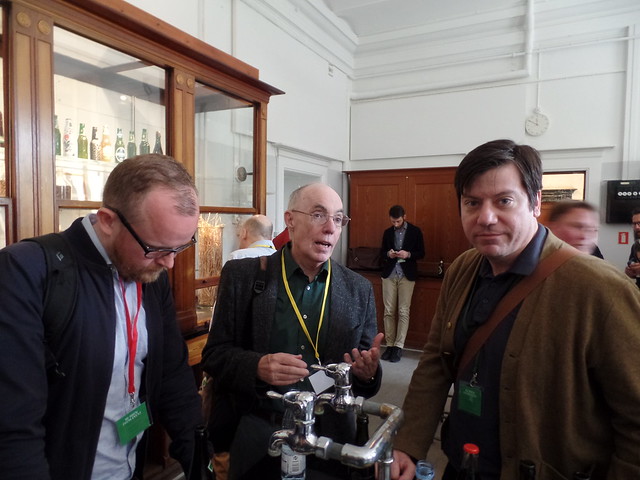![]()
Today is the birthday of Louis X, Duke of Bavaria (September 18, 1495-April 22, 1545). Louis X (or in German, German Ludwig X, Herzog von Bayern), “was Duke of Bavaria (1516–1545), together with his older brother William IV, Duke of Bavaria. His parents were Albert IV and Kunigunde of Austria, a daughter of Emperor Frederick III.”
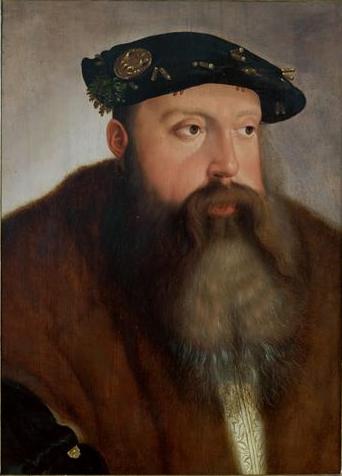
Ludwig (Louis) X, Duke of Bavaria (Herzog von Bayern), was conjoint ruler of Bavaria with his brother Wilhelm IV (1493-1550) from 1516 to 1545. Louis was born 18 September 1495, son of Albert IV, Duke of Bavaria (1447-1508) and Kunigunde of Austria (1465-1520), a daughter of Emperor Frederick III. When his father Albert IV died in 1508, he was succeeded by his eldest son Wilhelm IV. It was Albert’s intention to not have Bavaria divided amongst his sons as had been the practice with previous successions. However, Louis became joint ruler in 1516, arguing that he had been born before his father’s edict of the everlasting succession of the firstborn prince of 1506.
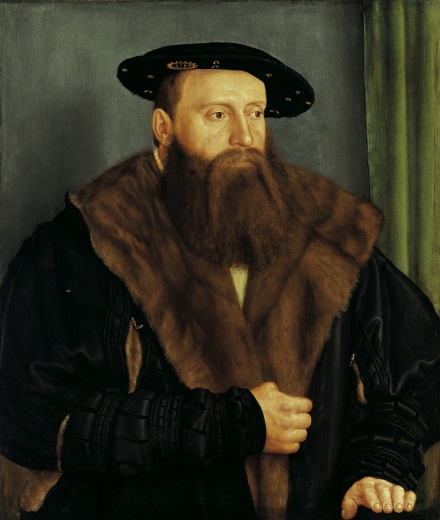
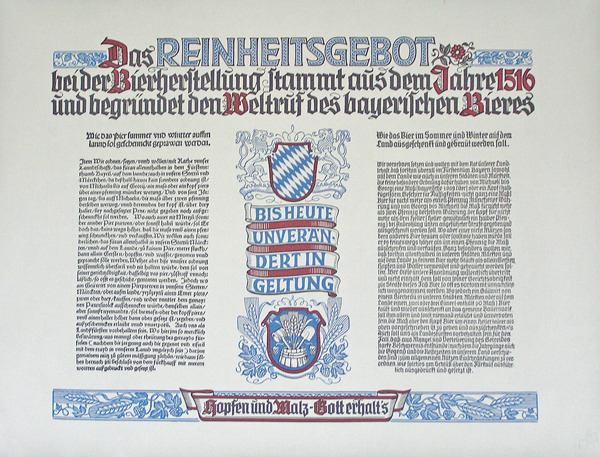
In the Bavarian town of Ingolstadt on April 23, 1516, William IV, Duke of Bavaria wrote and signed the law, along with his younger brother Louis X, Duke of Bavaria. That 1516 law was itself a variation of earlier laws, at least as early as 1447 and another in independent Munich in 1487. When Bavaria reunited, the new Reinheitsgebot applied to the entirety of the Bavarian duchy. It didn’t apply to all of Germany until 1906, and it wasn’t referred to as the Reinheitsgebot until 1918, when it was coined by a member of the Bavarian parliament.







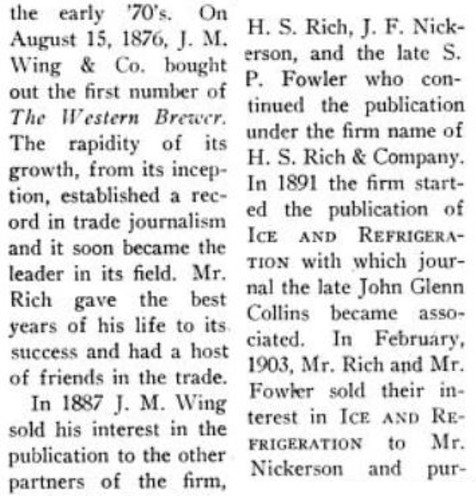
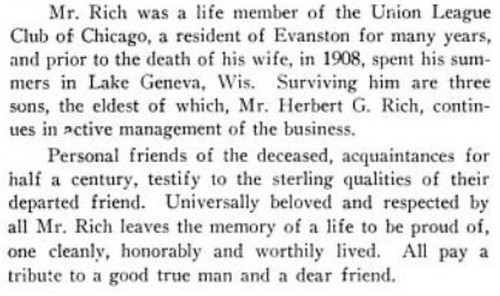



 On stage accepting an award at GABF in 2006, with, from left: Charlie Papazian, Jeff, Peter Bouckert and Lauren Salazar Woods.
On stage accepting an award at GABF in 2006, with, from left: Charlie Papazian, Jeff, Peter Bouckert and Lauren Salazar Woods.


